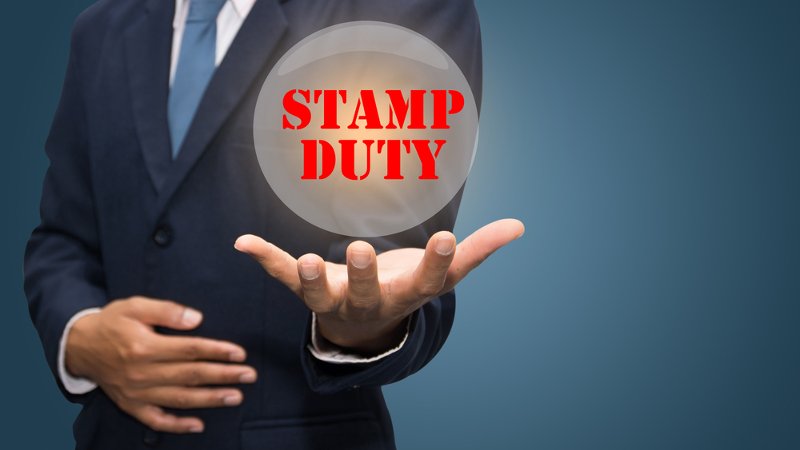I believe there is a more efficient way for the government to raise monies – perhaps replacing the tax with a fairer system that might be a flat-rate paid by both buyer and seller.

Tony Ward is chief executive of Clayton Euro Risk
And so, the great stamp duty debate rumbles on, yet this outdated instrument for raising taxes remains in place.
Back in September 2016, I regaled readers with my fears about the continuation of this antiquated taxation.
Six months on, my feelings haven’t changed.
It was also in September that Yorkshire Building Society mooted a change to the system: stamp duty paid by seller rather than buyer, thus giving a much-needed boost to first-time buyers struggling to get a foothold on the property ladder.
This week, YBS returned to its argument – and I’m pleased they did so as this has sparked a debate in the housing and mortgage markets.
In its latest update, YBS claims that three-quarters of first-time buyers paid stamp duty for their home last year, the highest level on record.
The house price boom means fewer first-time buyers are able to find a home priced below the stamp duty threshold of £125,000.
Figures from the Council of Mortgage Lenders showed that only 88,300 or 26% of first-time buyers who bought a home with a mortgage in 2016 found a property below £250,000, down from 47% in 2006.
Andrew McPhililps, chief economist at YBS, said: “In its present form, stamp duty does not suit today’s housing market. It pushes up costs for those looking to buy, exacerbating affordability issues in a market where prices have vastly outpaced wage growth.”
The stamp duty threshold was increased to £125,000 in 2006 to keep pace with house price inflation but it has remained at the same level since then, despite the fact the average house price in the UK has risen by 35% to £220,000.
It’s all starting to look outdated.
But there are also problems with this taxation manifesting at the top end of the housing market.
An analysis from accountants PwC reports that sharp increases in stamp duty on expensive homes are costing the Treasury as much as £500m a year.
Increases to the tax in 2014 and 2016 led to a fall in the number of top-end properties sold and a decline in income for the exchequer, according to Paul Nash, a partner at PwC.
The tax take from homes worth more than £1.5m fell to £749m in the nine months to November 2016, from £1.08bn in the corresponding period of 2015, Mr Nash estimated using Land Registry data.
Over a year, this would be a loss of almost £500m.
“It’s a bonkers system,” Mr Nash observed. “Why would any rational government carry on with a system that’s generating less income than they could otherwise get? There are no winners.”
Indeed.
Lowering the rate would lead to more transactions and boost tax take, he said, and stimulate demand for decorators, removers and builders.
Mr Nash found huge falls in transaction volumes all the way up the luxury property scale, with sales of homes costing more than £10m down to just 24, a fall of 63%.
Without a shadow of a doubt, change is needed.
I’m not convinced that making it a taxation purely on sellers or reducing it per se are quite the right answers.
I believe there is a more efficient way for the government to raise monies – perhaps replacing the tax with a fairer system that might be a flat-rate paid by both buyer and seller.
This debate is extremely timely with the Budget just around the corner and may give the Chancellor, Philip Hammond, a chance to make changes.
Here’s hoping.
Officials need to take note. Concessions are needed now.



